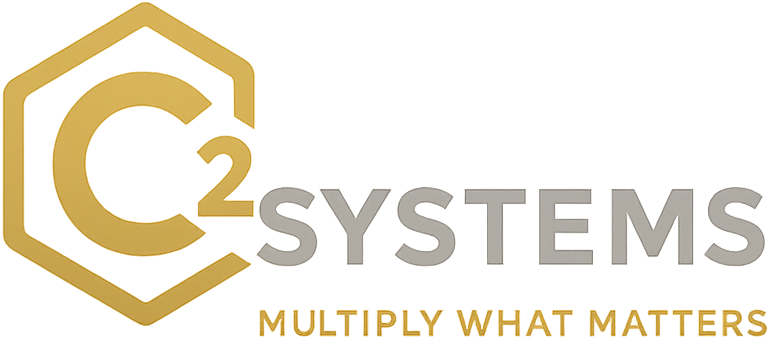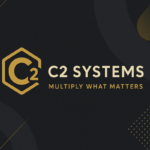The Future is Here: AI Applications in the Property & Casualty Insurance Industry
Estimated Reading Time: 5 minutes
- AI is transforming risk assessment and underwriting.
- Efficient claims processing is becoming a reality through automation.
- AI enhances personalized customer experiences.
- Fraud detection is significantly improving with AI analysis.
- Proactive loss prevention strategies are on the horizon.
Table of Contents:
Understanding the AI Revolution in P&C Insurance
1. Risk Assessment
2. Underwriting
3. Claims Processing
4. Customer Experience
5. Fraud Detection
6. Proactive Loss Prevention
The Role of Generative AI and Data Analytics
Strategic and Operational Implications
Practical Takeaways for HR Professionals and Business Leaders
Conclusion
Understanding the AI Revolution in P&C Insurance
1. Risk Assessment
2. Underwriting
3. Claims Processing
4. Customer Experience
5. Fraud Detection
6. Proactive Loss Prevention
The Role of Generative AI and Data Analytics
Strategic and Operational Implications
Practical Takeaways for HR Professionals and Business Leaders
Conclusion
Understanding the AI Revolution in P&C Insurance
Artificial intelligence is reshaping various sectors, but none as compellingly as the P&C insurance industry. AI technologies are capable of analyzing vast amounts of data in real-time, and they help reduce human bias and manual errors in critical processes. AI opens up pathways for insurers to provide customized solutions that meet the diverse needs of their customers. This comprehensive look will focus on the following key areas affected by AI:
- Risk Assessment
- Underwriting
- Claims Processing
- Customer Experience
- Fraud Detection
- Proactive Loss Prevention
1. Risk Assessment
Effective risk assessment is crucial for underwriting and pricing, and AI is changing the game by analyzing large volumes of historical and real-time data. Using technologies like geospatial analytics and computer vision, insurers can evaluate properties and potential risks rapidly. This results in better-tailored policies, fairer pricing, and a significant reduction in human bias or manual errors (source: Guidewire, source: Cape Analytics).
2. Underwriting
In the underwriting process, AI-powered algorithms enhance speed and precision. By analyzing applicant data through predictive modeling, underwriters can determine risks and prices with much greater accuracy. This not only reduces turnaround time but also lowers operational costs, providing more customized policy options to consumers (source: Guidewire, source: Robins Kaplan). With operational efficiency improving, what will this mean for the future of insurance?
3. Claims Processing
Traditionally a labor-intensive process, claims management is becoming vastly more efficient thanks to AI. Automated systems can process, verify, and settle claims in real-time. By 2030, it is projected that nearly half of all routine claims could be handled automatically using AI technologies, drastically reducing both the settlement time and the opportunities for human error (source: Cape Analytics). Generative AI can particularly enhance value extraction and modernization, improving claims handling quality and efficiency (source: EY).
4. Customer Experience
Today’s consumers expect personalized experiences, and AI is enabling insurers to engage customers proactively. With AI-driven analytics, insurers can provide tailored coverage options that cater to specific needs, which strengthens customer satisfaction and loyalty (source: Guidewire, source: Cape Analytics). By leveraging insights from customer data, insurers can enhance the overall customer experience, establishing a more robust and competitive presence in the market.
5. Fraud Detection
Detecting fraudulent claims is one of the areas where AI truly shines. By examining data and identifying anomalous patterns, AI can flag suspicious claims that may involve inaccuracies or fraudulent intentions (source: Cape Analytics). Despite its potential, many insurers are still lagging; only 39% are developing or implementing strategies to counteract the potential malicious uses of AI in claims fraud (source: Cape Analytics). This is an area that requires urgent attention in order for P&C insurers to remain secure and protected against losses.
6. Proactive Loss Prevention
AI’s integration with IoT devices and other data sources allows insurers to transition from a reactive model (repair and replace) to a proactive one. By warning customers about potential risks before losses occur, insurers can not only mitigate losses but also enhance customer trust and engagement (source: Cape Analytics).
The Role of Generative AI and Data Analytics
Generative AI is enabling insurers to process a broader array of unstructured data, including documents, images, and external sources. This comprehensive analysis helps refine risk models while unlocking new automation and value creation opportunities (source: KPMG). The growth in data analytics capabilities is integral to ongoing digital transformation efforts within the P&C sector. Improved loss ratios and operational efficiencies are just a few of the benefits derived from this advanced technology (source: KPMG, source: EY).
Strategic and Operational Implications
While the pace of AI adoption is accelerating across the insurance industry, companies are not progressing uniformly. Insurers that invest in building robust AI strategies—including effective fraud detection and governing ethical AI while ensuring transparent practices—will undoubtedly gain a significant competitive edge (source: Cape Analytics). The role of AI is poised for expansion, from automating routine operations to delivering predictive insights and driving innovative product development.
Practical Takeaways for HR Professionals and Business Leaders
- Invest in Training and Development: As AI technologies become more prevalent, organizations should invest in training their workforce to effectively utilize these systems. This promotes a culture of adaptability and innovation.
- Focus on Data Governance: Ensure ethical and responsible AI practices are in place to enhance transparency and reduce risks associated with AI applications.
- Customize Customer Engagement: Leverage AI analytics to tailor communications and offerings, aligning them with customer preferences, which drives satisfaction and loyalty.
- Monitor for Fraud Reduction: Adapt your claims processing systems to include advanced AI analytics for fraud detection, which can save costs and protect your company’s integrity.
- Embrace Proactive Strategies: Utilize data from IoT and other sources to shift your business model from reactive repairs to proactive loss prevention, safeguarding both the customer’s assets and the organization’s liabilities.
Conclusion
The integration of AI applications in the P&C insurance industry fosters unprecedented opportunities for efficiency, risk management, customer satisfaction, and competitive advantage. As we explore the continuous evolution of AI technologies within the recruitment space and beyond, it is essential for those in HR and leadership positions to stay informed and adaptable to these changes.
At C2 Systems, we specialize in AI consulting and workflow automation to help businesses realize their full potential. Our expert team is committed to empowering organizations with tailored AI solutions that not only drive efficiency but also ensure strategic alignment with industry trends.
If you’re ready to elevate your business through cutting-edge technology and personalized consultation, contact us today or explore our services to learn how we can help you optimize your processes and enhance your organizational performance.


